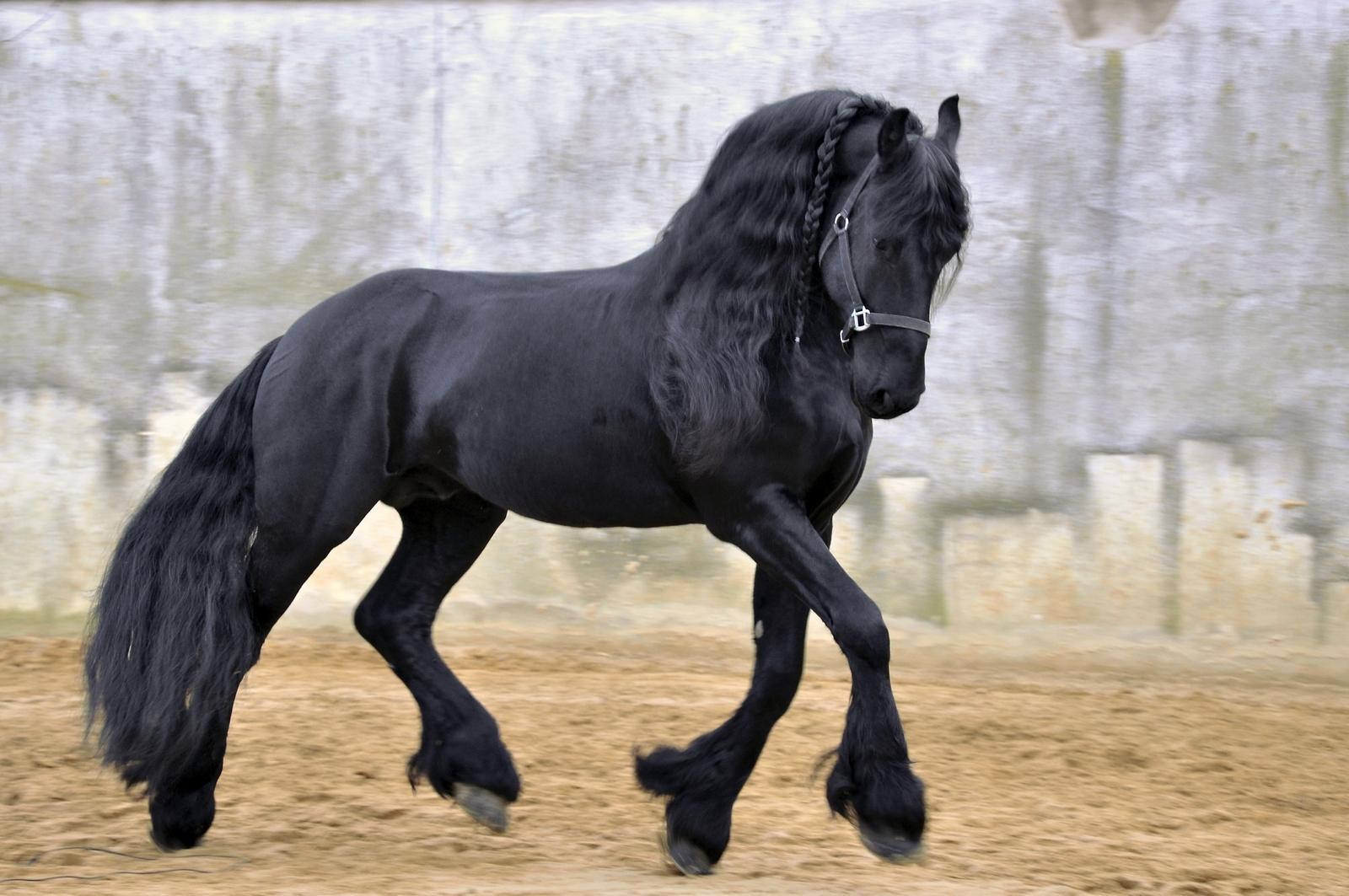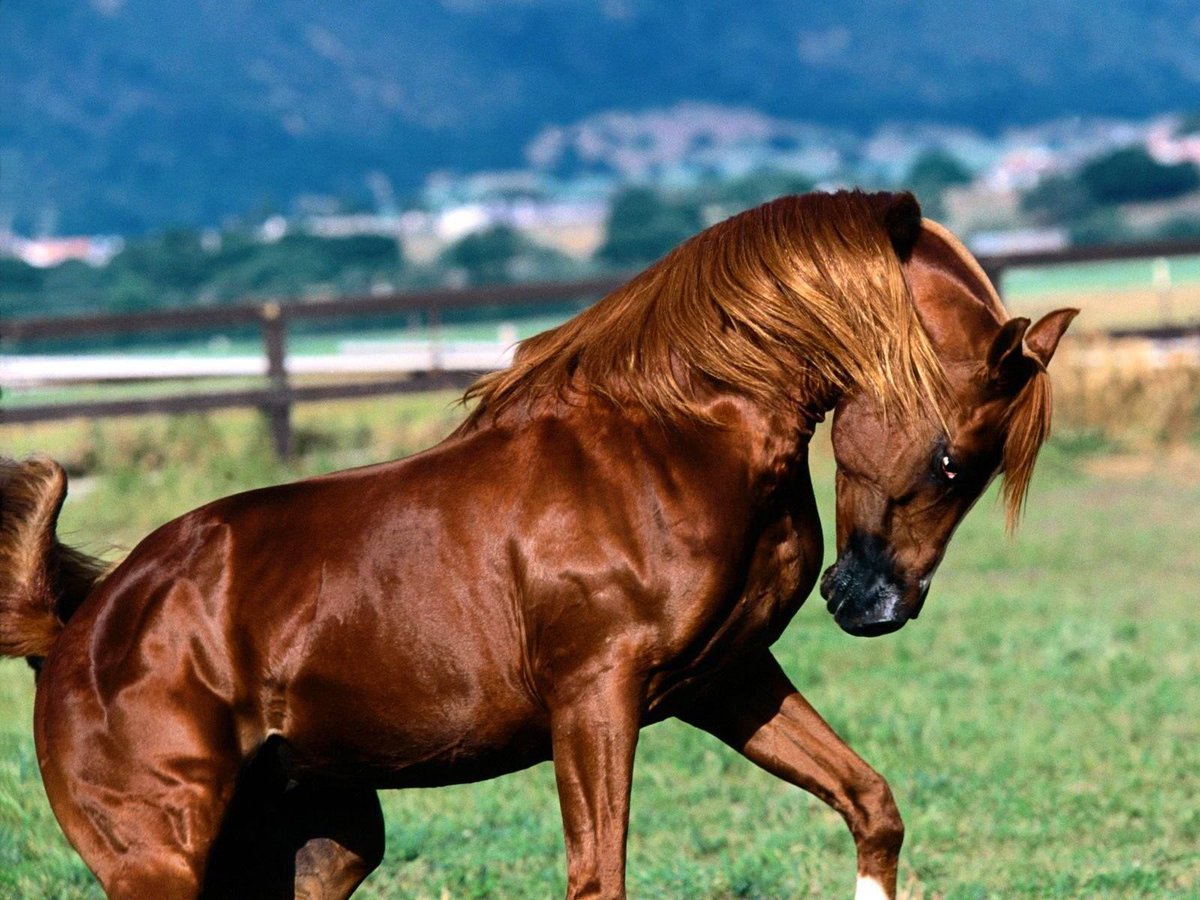Horses: Majestic Creatures of Strength, Beauty, and PartnershipIntroductionHorses, magnificent c
Horses: Majestic Creatures of Strength, Beauty, and Partnership
Introduction
Horses, magnificent creatures revered throughout history for their grace, power, and partnership with humans, have played a pivotal role in shaping civilizations and cultures around the world. From their domestication thousands of years ago to their enduring presence in modern society, horses continue to captivate and inspire us with their beauty and intelligence. This article explores the fascinating world of horses, delving into their history, characteristics, and significance to humanity.
History of Domestication
The domestication of horses is a pivotal moment in human history, marking the beginning of a profound partnership between humans and animals. Scholars believe that horses were first domesticated on the Eurasian steppes around 4000 BCE, where early humans began to tame and breed wild equines for transportation, agriculture, and warfare.
The domestication of horses revolutionized human society, allowing for faster travel, increased agricultural productivity, and the development of powerful military forces. Horses became indispensable companions to humans, accompanying them on epic journeys, aiding in the cultivation of crops, and serving as loyal mounts in battle.
Characteristics and Anatomy
Horses are renowned for their distinctive characteristics and anatomy, which have evolved over millennia to adapt to various environments and purposes. Standing on average between 14 and 17 hands (56 to 68 inches) tall at the shoulder, horses come in a diverse array of breeds, each with its own unique traits and abilities.
One of the most striking features of horses is their powerful musculature, which enables them to run at high speeds and perform impressive feats of athleticism. Their large, expressive eyes provide keen vision, while their sensitive ears can swivel in multiple directions to detect sounds from afar. Horses also possess a strong sense of smell and touch, allowing them to navigate their surroundings with precision and sensitivity.
Breed Diversity
The world of horses is rich and diverse, with hundreds of distinct breeds bred for various purposes and environments. From the sturdy draft horses used for heavy labor to the sleek Thoroughbreds bred for speed and agility on the racetrack, each breed has its own unique characteristics and contributions to human society.
Some of the most popular horse breeds include the Arabian, known for its endurance and refinement; the Quarter Horse, prized for its versatility and athleticism; and the Andalusian, celebrated for its grace and elegance. Each breed has its own loyal following of enthusiasts who appreciate the beauty and capabilities of these remarkable animals.
Roles in Modern Society
While horses are no longer as essential to daily life as they once were, they continue to play important roles in modern society. In rural areas, horses are still used for agricultural work, pulling plows and wagons on farms and ranches. In urban areas, horses are employed in law enforcement, mounted patrols, and ceremonial duties, showcasing their enduring partnership with humans.
Additionally, horses remain beloved companions and recreational partners for millions of people around the world. Equestrian sports such as show jumping, dressage, and rodeo attract enthusiasts of all ages and backgrounds, who relish the opportunity to compete and bond with their equine partners.
Conclusion
Horses, with their majestic beauty, strength, and intelligence, occupy a unique and cherished place in the hearts of people around the world. From their ancient origins as wild animals on the Eurasian steppes to their modern-day roles as companions, athletes, and partners in work and play, horses continue to inspire awe and admiration. As we look to the future, the bond between humans and horses remains as strong and enduring as ever, a testament to the enduring power of this remarkable species.
References
- Linnaeus, Carolus (1758). Systema naturae per regna tria naturae :secundum classes, ordines, genera, species, cum characteribus, differentiis, synonymis, locis. Vol. 1 (10th ed.). Holmiae (Laurentii Salvii). p. 73. Archived from the original on 2018-10-12. Retrieved 2008-09-08.
- a b Grubb, P. (2005). "Order Perissodactyla". In Wilson, D.E.; Reeder, D.M (eds.). Mammal Species of the World: A Taxonomic and Geographic Reference (3rd ed.). Johns Hopkins University Press. pp. 630–631. ISBN 978-0-8018-8221-0. OCLC 62265494.
- ^ International Commission on Zoological Nomenclature (2003). "Usage of 17 specific names based on wild species which are pre-dated by or contemporary with those based on domestic animals (Lepidoptera, Osteichthyes, Mammalia): conserved. Opinion 2027 (Case 3010)". Bull. Zool. Nomencl. 60 (1): 81–84. Archived from the original on 2007-08-21.
- ^ "Do You Know How Horses Sleep?". Archived from the original on 22 January 2018. Retrieved 12 September 2018.
- ^ Goody, John (2000). Horse Anatomy (2nd ed.). J A Allen. ISBN 0-85131-769-3.
- ^ Pavord, Tony; Pavord, Marcy (2007). Complete Equine Veterinary Manual. David & Charles. ISBN 978-0-7153-1883-6.
- a b c d Ensminger, pp. 46–50
- ^ Wright, B. (March 29, 1999). "The Age of a Horse". Ministry of Agriculture, Food and Rural Affairs. Government of Ontario. Archived from the original on January 20, 2010. Retrieved 2009-10-21.
- ^ Ryder, Erin. "World's Oldest Living Pony Dies at 56". The Horse. Archived from the original on 2014-01-24. Retrieved 2007-05-31.
- ^ British Horse Society (1966). The Manual of Horsemanship of the British Horse Society and the Pony Club (6th edition, reprinted 1970 ed.). Kenilworth, UK: British Horse Society. p. 255. ISBN 0-9548863-1-3.
- ^ "Rules of the Australian Stud Book" (PDF). Australian Jockey Club. 2007. p. 7. Archived from the original on 2013-04-24. Retrieved 2008-07-09.

















































